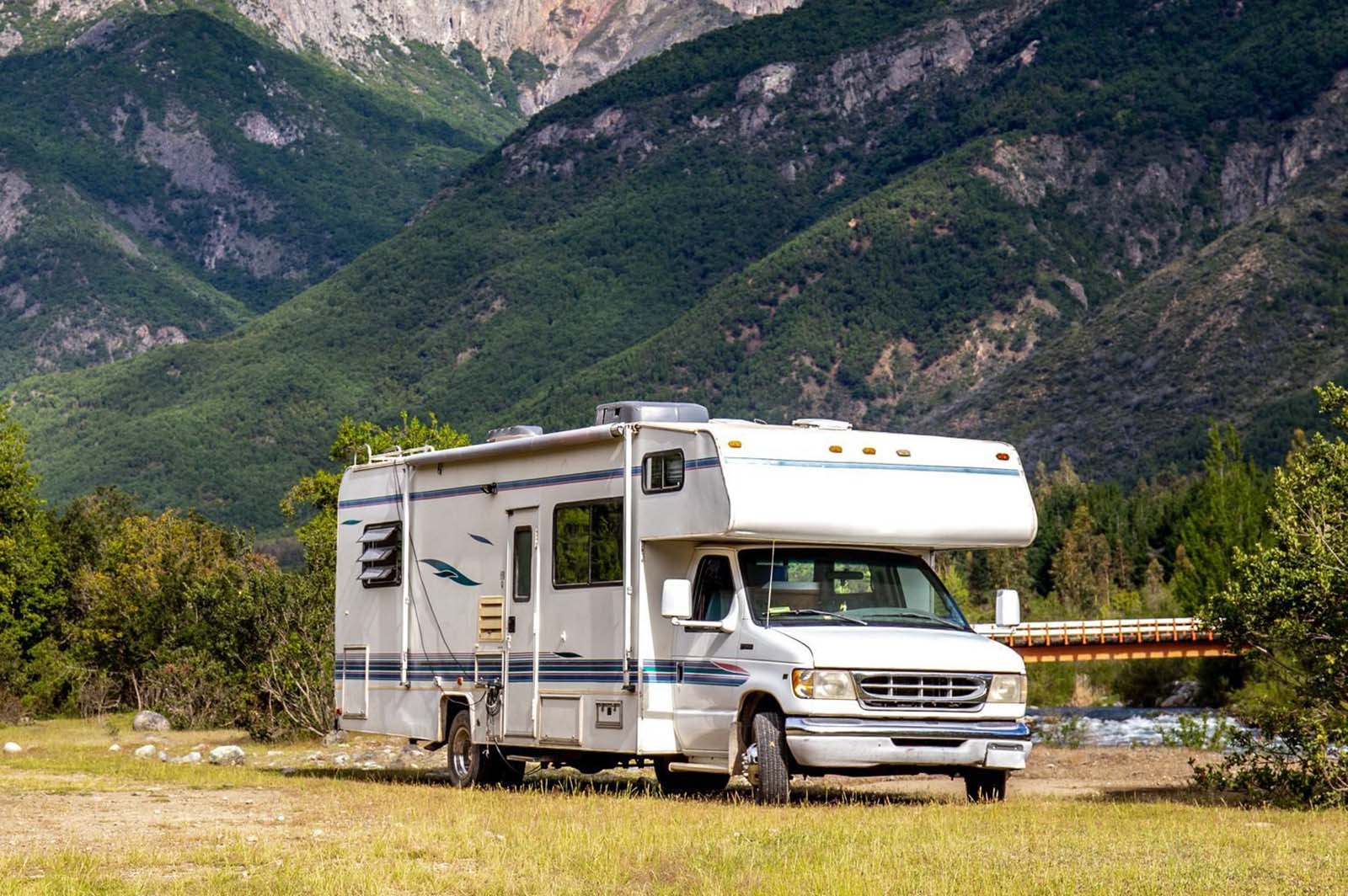How to Disconnect an RV Battery

RV batteries require regular maintenance, including occasional disconnection. Whether you are storing your RV for an extended period or performing electrical work, disconnecting the battery is a crucial step to ensure safety and preserve battery life. In this article, we will guide you through the process of disconnecting an RV battery effectively.
1. Safety first
Before starting the disconnection process, ensure your RV is turned off and all electrical appliances are powered down. Remember to wear protective gloves and goggles to safeguard yourself from any potential hazards. Safety should always be the top priority when working with batteries.2. Locate the battery
Once you have taken the necessary safety precautions, find the RV’s battery compartment. Typically, it is located in one of the exterior compartments or under the hood of the vehicle. If you are having trouble locating it, consult your RV’s user manual for specific instructions.
3. Turn off the RV’s electrical system
Before disconnecting the battery, switch off the RV’s electrical system by turning off all lights, appliances, and accessories. It is also important to disconnect the RV from any external power source, such as shore power or a generator, if connected.4. Disconnect the negative terminal
Identify the negative terminal of the battery, usually denoted by a “-” symbol. Using a wrench or a socket set, loosen the nut securing the negative terminal. Once loosened, carefully remove the cable from the terminal. Ensure the cable is positioned away from any metal surfaces to prevent accidental reconnection.5. Disconnect the positive terminal
Next, locate the positive terminal, which is usually marked with a “+” symbol. Similarly, loosen the nut securing the positive terminal and remove the cable. Ensure the positive and negative cables do not come into contact with one another or any other metal surfaces.
6. Properly label the cables
To ease the reconnection process, label the disconnected cables using color-coded tape or permanent markers. This step will help eliminate confusion and ensure a hassle-free reinstallation of the battery.7. Inspect the battery and cables
While the battery is disconnected, take the opportunity to inspect its overall condition. Look for any signs of corrosion, damage, or leakage. Similarly, examine the cables for fraying or loose connections. If any issues are detected, take appropriate action before reinstalling the battery.8. Store the battery safely
If you plan to store the RV for an extended period, it is essential to store the battery properly. Clean the battery terminals using a battery terminal cleaner and apply a thin layer of petroleum jelly to prevent corrosion. Store the battery in a cool, dry place away from flammable materials.9. Reconnecting the battery
When you are ready to reconnect the battery, reverse the disconnection process. Begin by connecting the positive terminal first, followed by the negative terminal. Ensure the connections are tight and secure.10. Test the electrical system
Once the battery is reconnected, turn on the RV’s electrical system and test all appliances and lights to ensure everything is functioning correctly. If any issues are encountered, double-check the battery connections or consult a professional for assistance.In conclusion, disconnecting an RV battery is a straightforward process if done correctly. By following the steps outlined in this article, you can ensure a safe and hassle-free disconnection that will preserve battery life and allow for proper maintenance of your RV.

